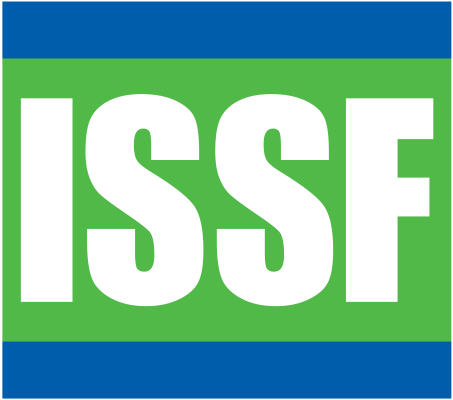Shark and Ray Handling and Release
Sometimes sharks will spin and roll themselves in the net, though they can otherwise still be in good condition. As the net is reeled in, the crew should look ahead to try to spot entangled sharks as early as possible. If a shark is lifted up in the net toward the power block, this becomes a dangerous situation for both the shark and the crew. If an entangled shark is seen, the crew should reduce the speed of the net reel (thus reducing tension in the net), and then attempt to carefully remove the animal, using knives or clippers if necessary to cut the net.
Observer programs should have a clear specific policy regarding the handling of bycatch, particularly for those species that can pose a danger to the integrity of an observer. Some general guidance is given in the following paragraphs. Note that handling of the catch and bycatch is the responsibility of the crew and not the observer. Nevertheless, it is a good idea for the observer to understand the handling techniques used by the crew.
There are three good ways to handle a small shark:
- One hand on the dorsal (top) fin and the other holding the body from below
- Both hands holding the body
- One hand on the pectoral (side) fin and the other holding the tail
To release the shark, the crew should point the head down toward the water and then drop it in.
For a medium-sized shark, one or two people should hold the dorsal and pectoral fins, with the other person holding the tail. To release the animal, the crew should drop (not throw) the shark over the side.
Because a stingray's spine is located at the base of its tail, it is best to avoid the rear of the animal and grasp it near the head. The sting is not very harmful, though it is painful.
For large sharks, rays, and other large fish (e.g., moonfish), the crew can attempt to release them directly from the brailer, if feasible, by tipping one edge of it into the ocean. Alternatively, the animal can be returned to the sea using a piece of net, plastic tarp, or canvas that can be lifted by the vessel’s crane. The material should be ready on deck before brailing, and when a large animal is encountered, it can be placed on the material, which is then hooked up to the crane and lifted over board.
The release of encircled whale sharks is required by regulation in most regions, however caution must be taken by the crew to ensure that the animal is not further harmed during the release process. As illustrated in the gallery, there are two safe release methods and their application depends on the position of the whale and tunas in the net. If the whale shark is at the surface and separated from the tunas, the animal can tear the net (or a crew member can cut a few meters of net in front of the animal’s head), and then swim freely out of the net. An alternative technique requires the crew in charge of the net hauling operation to use the winch and the capstan to bring the whale shark close to the hull, onto the floatline, and then roll it outside the sack. In this case, a rope placed under the animal and attached to the floatline could help roll the whale shark out of the net. At no time should the animal be pulled by the tail, towed by a speedboat, or hauled up with the vessel’s crane because this can cause severe injury to the animal.
The two most important things to remember about shark and ray handling by the crew are:
- Personal safety comes first, and
- Proper handling combined with a speedy release dramatically improves the likelihood of the animal’s survival.
ISSF endeavors to share this same information with the vessel’s skipper in the hope that his crew is prepared for safe handling PRIOR to net hauling—this includes instructing them on correct handling techniques ahead of time, and ensuring they have the right tools at hand on deck.

